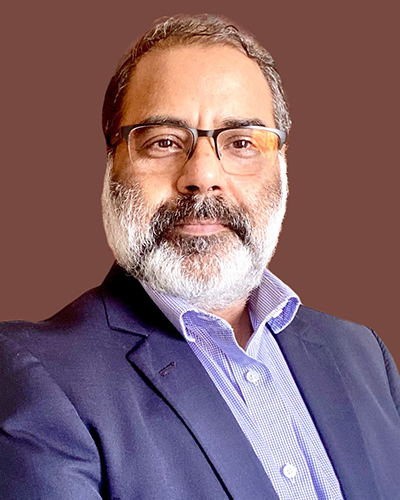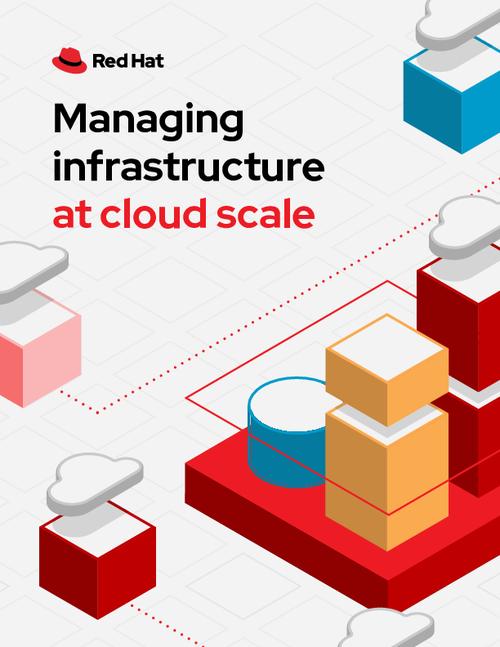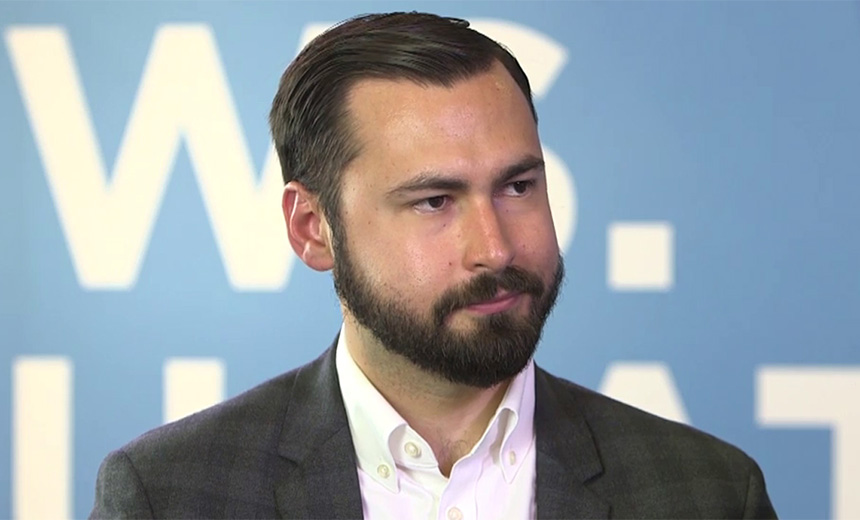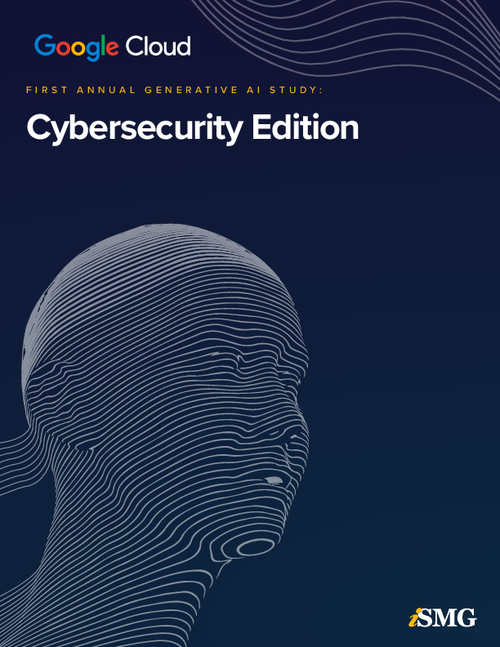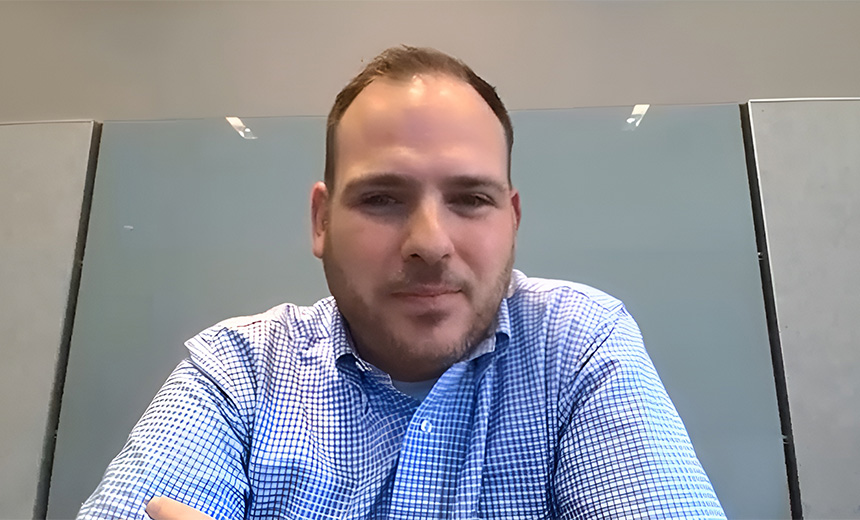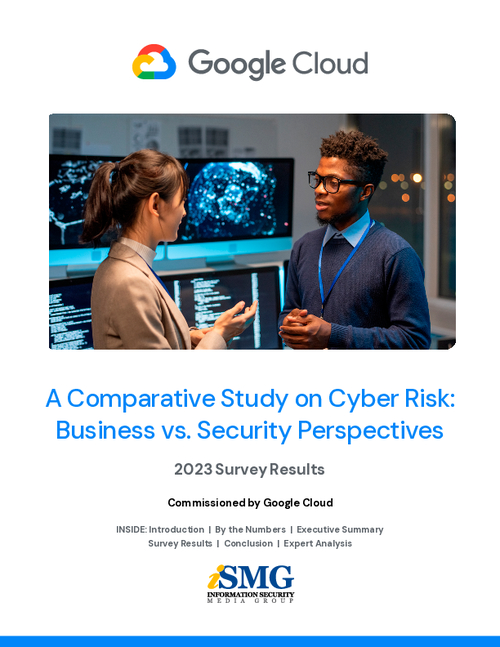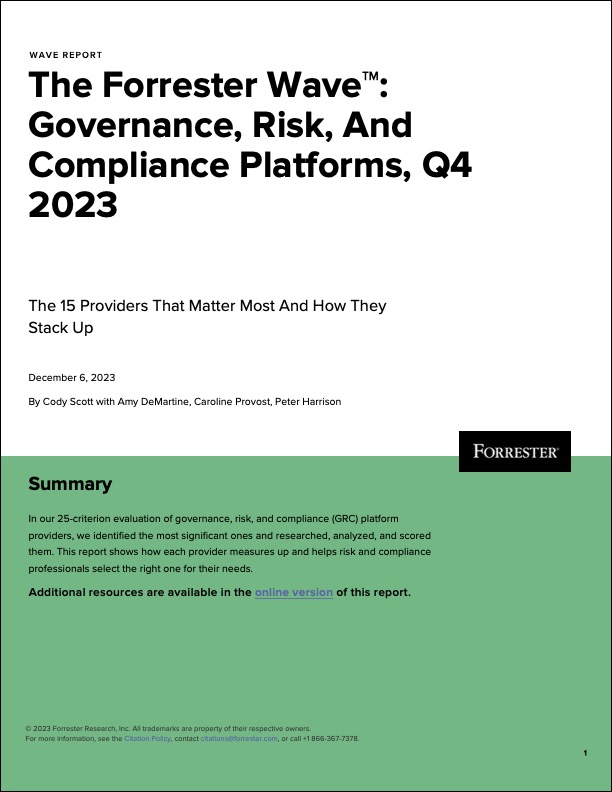A Robust Governance Framework Prevents Technology Failures
Rajesh Uppal Says Technologies Must Integrate to Fulfill Customer Experience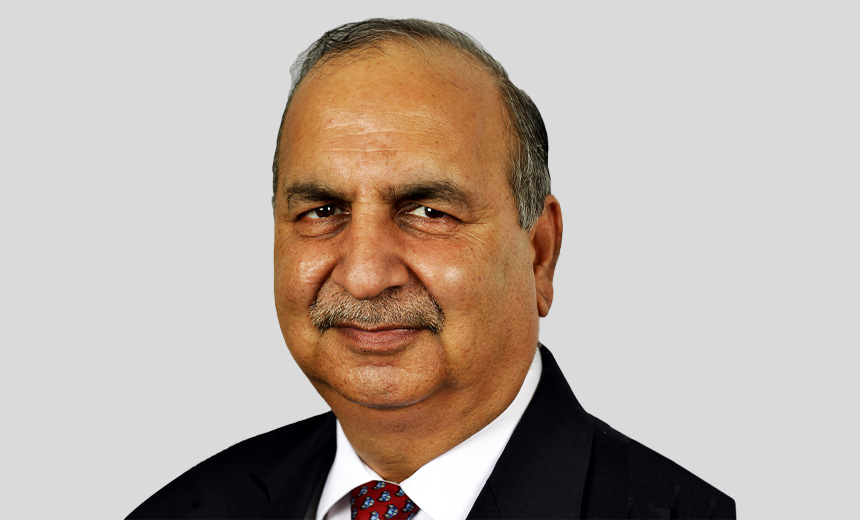
With a solid technology architecture, which is secure by design, Maruti Suzuki delivers on its promises to customers.
See Also: The State of Enterprise Mobile App Security 2023: Results Analysis
Producing 5,000 cars every day, 150,000 (average) every month and in the range of 1.5-1.6 million every year, Maruti Suzuki India is one of the world's top 15 passenger car manufacturers in the world.
In 2019, Maruti Suzuki became the first automobile company in the country to sell 20 million cars. The customer experience (CX), network and partnerships, and innovation have kept the company ahead in the race. For Maruti Suzuki, CX is a moving target that is why it puts its customers at the center of everything that it does.
The COVID-19 pandemic and its aftermath disrupted the automobile industry. Factors such as sluggish car sales, semiconductor shortage, and a complete shutdown of production due to the lockdown have adversely affected the industry in recent years. Maruti Suzuki's business was impacted too; however, its evolving strategy and technology helped it bounce back more quickly.
In this interview, Rajesh Uppal, senior executive director, IT and HR, Maruti Suzuki India Ltd., discusses how the company is transforming to stay ahead in a competitive market like India, where only about 8% of households own a personal car.
Edited excerpts follow:
Aligning with the global trends, what is the mission for the technology organization under Maruti Suzuki India to sustain growth and stay ahead in a competitive market?
Our strategy rests on four pillars, and every pillar is significant.
The first pillar is digitalizing customer engagement or customer experience. Every boardroom discussion begins and ends with a single question: "How can we take the customer experience to its next level?" Today, out of a total of 27 touchpoints, 23 are fully digitalized. This means we have a wider and deeper view of customer data.
The second pillar is customer data platform. The whole data strategy revolved around how to consolidate data from all sources, frontend and backend, integrate it with the data lake, and create a highway where it can be consumed by every stakeholder.
The third pillar is application of modern technologies such as AI, ML, 3D printings, AR/VR, and industrial and consumer IoT. The application of modern technology is where most of the innovation is done. Be it for shop floors, dealers, workshops or spare parts, the goal is to apply modern technology to enhance the customer's experience.
The fourth and final pillar is upgrading and standardizing the backend, which is the foundational layer. We updated our core transaction systems 15 years ago. It's about time we look at removing that tech debt and replacing it with more edge-computing-based approach.
Let us pick the fourth pillar first. How does Maruti Suzuki tech plan to remove the tech debt of the last 15 years and update it with something more contemporary?
More than a year ago, we began brainstorming about this transition. The need for systems that can support the current maturity of processes was imminent, and there were several challenges in integrating the new processes with the old transaction systems. The result: Maruti will be moving away from its existing, aging Oracle platform to SAP S/4HANA end to end. To enable that, we first created a partner ecosystem. We created a new organization to drive this initiative across the organization. It was supplemented by a robust governance framework and team consisting of senior executives. Technology governance is crucial to ensure timeliness and impeccability. If technology governance is weak, the project is likely to fail.
How crucial is technology governance in such complex transitions?
Implementing a technology accurately is just 50% of the task. The remaining 50% is about managing the change. But both are equally important and interdependent. An organization shall pick the most suitable technology that is easily aligned with its business goals to make the migration frictionless, and the governance must be airtight too. Ironically, the window for this migration is exceedingly small. To enable a frictionless transition overnight, a strong, company-wide change management needs to be enforced. That's where technology governance comes in. From the CEO's office to the CFO, and the other key departments involved in this migration, risk mitigation is the topmost priority. Next key role of tech governance is equipping resources with the right capabilities to adopt a modern technology. From the stage when we start testing, to the day we go live, capabilities need to be built through proper training so that technology does not fail.
With as many as 27 customer touchpoints, how does Maruti Suzuki work on an integrated data strategy to have better visualization for offering personalized experience?
To run a transformational program of this size, one needs to do many extraordinary things. A traditional IT outfit is misfit for it. We created a special purpose vehicle under a new organization called Digital Enterprise. On one hand, most of the new digital projects are run by this organization. On the other hand, the traditional IT organization runs the core transaction systems and processes including the migration to SAP S/4HANA. The digital enterprise scouts for talent with the right capabilities and focuses solely on data-science-driven projects.
The mapping of customer journey and data is jointly driven by business and digital enterprise. Even historically, we have been using a single platform to manage customer data, which includes information from our dealers. To make it more responsive, we felt the need to create a new standard platform, which collects data from all sources and uses powerful analytical tools with a clear aim of supplying customers a seamless omnichannel experience. That is called a single view of the customer synchronized with one-messaging across the organization.
There are many data sources, including sales transactions, service transactions, social media transactions and data from website, but the view of the customer is one. We sell almost two million cars in a year. This is nothing less than a lifeline for us.
Share a few examples of how this customer journey is covered and a single pane of glass is created for all the customer conversations and records. What are the outcomes?
The best way to experience data in motion and a single view of it is when they interact with the dealerships through interactive, immersive apps. That is an end-to-end digital platform, which includes video conversations with our sales executives, booking your car and a lot more. The next best example is what customers experience during the life cycle of their Maruti Suzuki car. From the first search on a website to booking, financing, purchasing, insuring and availing after-sales services, the experience is managed digitally. Recently, Maruti Suzuki has launched a subscription model too. In case customers do not make an outright purchase, there is a subscription choice. Even this is a digitally driven. We are now enabling our customers to create their own job card for service through the same interactive app. Today, a customer does not have to visit the dealership to buy car accessories. That process is also digital. They are not only delivered to your doorstep but also fitted by technicians. This is the whole ecosystem.
Maruti Suzuki recently invested in an AI company called Sociograph Solutions, which has a visual AI platform called DaveAI. This aims at enhancing the digital sales experience of customers. Please elaborate.
Any large organization including Maruti Suzuki cannot depend solely on either internal skills or traditional tech vendors for unique, innovative solutions. We need to be open enough to tap into open innovation programs and involve the startups. Large vendors are inhibited by their approach and their timelines are uncomfortable, whereas startups work faster if they are involved in co-creating the solutions.
Two and a half years ago, we created a new organization for innovation. It is currently running many innovation programs for different processes. The organization has partnered with IIM Bengaluru for running this program. Jointly, the teams ideate and get the right startups to co-create solutions. The subject matter experts work with them to develop and build that idea into a solution aimed squarely to solve a genuine business problem. While the intellectual property stays with the startup, it adds immense value to the business.
Maruti Suzuki's Mobility and Automobile Innovation Lab program focuses on the growth trajectory of tech startups with digital innovations, by extending a common platform to evaluate their potential in the startup ecosystem and provide them with the necessary support and guidance to accelerate their growth. The startups develop a solution, which could be piloted in our company. Maruti Suzuki runs two such cohorts in a year where it outlines several problem statements. Applications are invited from startups and are then shortlisted. Four to five such startups end up becoming vendors to the company.
DaveAI is one of such companies that we are exploring along with 19 other similar startups who are at various stages of solutioning and implementation.
We also scout for well-funded, matured startups with a suitable solution that's available off the shelf and can be quickly adopted. We also work with T-Hub - a Hyderabad-based organization that synergizes with the startups for our business needs.
Finally, we have internal employees who are transforming their ideas into reality, and eventually turn them into solutions.
Maruti Suzuki is one of the world's 15 largest automobile or passenger car companies in volumes. As a CIO, how do you visualize the industry's future? Which technologies will play a key role in shaping the future of the industry?
I have a different view on this. Besides the hyped peripheral digital technologies, one key area that CIOs need to pay attention to is enterprise architecture. The diverse technologies in a typical large organization create silos and complexities. These technologies must integrate and work in tandem to fulfill the aim of customer experience. Whatever technologies you adopt - be it AI, IoT or analytics - need to be integrated into a singular architecture that delivers simplicity to business. Going forward, with the APIs and microservices being the order of the day, it is going to become critical to deliver services with a robust architecture.
Without creating this architecture, enabling change or transformation will either stay a dream or will fail to deliver its value. So, a technology architecture that is secure by design is my first bet.

